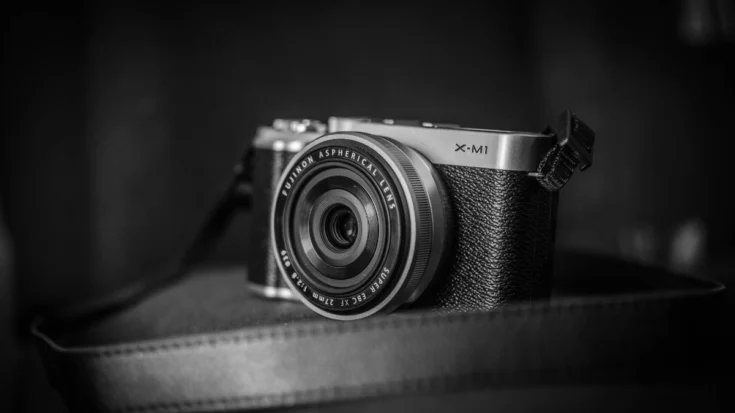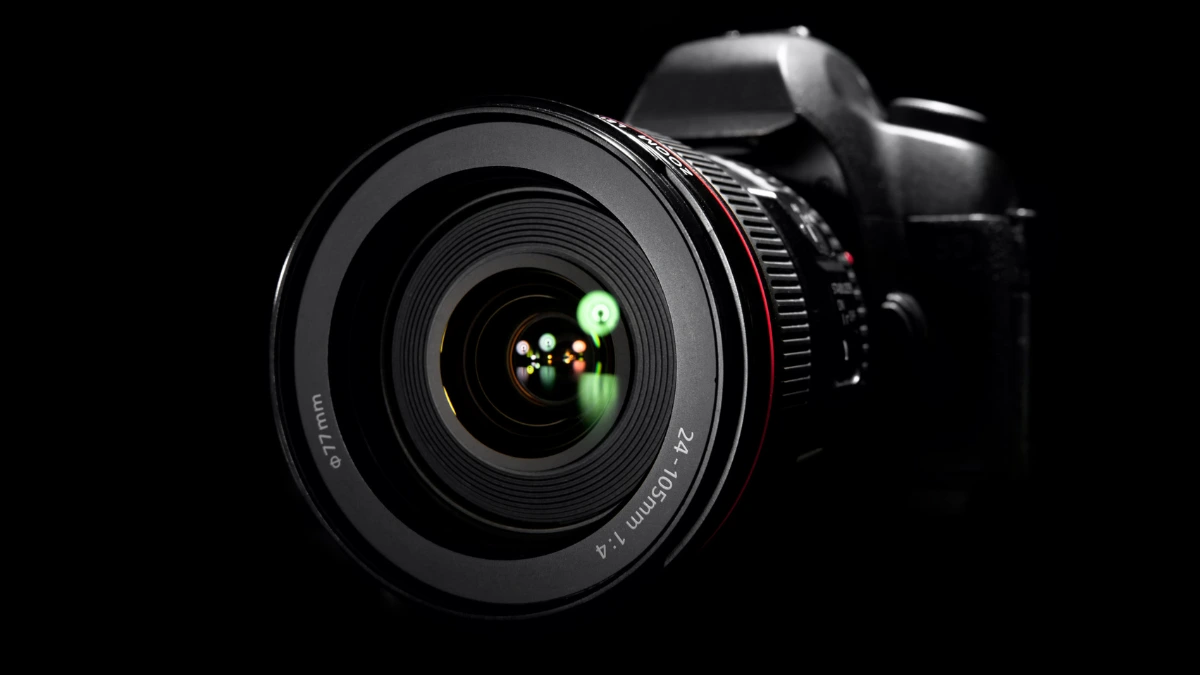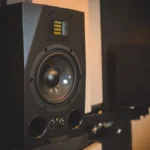Nowadays, cameras have become an essential device for capturing precious moments in everyday life. Cameras have many functions and types according to their uses, from personal documentation, professional, to creative needs.
This article will thoroughly explore everything about cameras, ranging from the types, functions, latest technology, to regulations that apply in Indonesia.
Table of Contents
What is a Camera?
A camera is a device designed to capture images in both still (photography) and moving (videography) formats. Its working principle involves the detection of light and its transformation into a visual representation, which can be digital data captured by an electronic sensor or chemical changes to film.
Also Read
The Function of the Camera

The camera has some functions from documentation, creativity, to communication. Here are the main functions of the device that you need to know:
- Documentation: This device are used to capture important moments in life, such as trips, family events, or other spontaneous moments, by photos or videos.
- Creativity: A medium to channel artistic expression in photography or videography by creating visual effects such as bokeh, dramatic effects, or surreal effects.
- Document scanning: Some device, especially smartphone cameras, can be used to scan documents.
- Security: Surveillance cameras help keep neighborhoods safe.
- Marketing: This device are used to create promotional content in the form of product photos or advertising videos.
- Communication: This device in devices such as smartphones support visual communication through video calls.
The Types of Cameras
There are many types of cameras with different uses. Here are some types of the device that you can know:
1. Analog cameras

Film cameras use a roll of film to record images, and the images must be processed in a photo lab before they can be viewed. This device are usually used for creative and keepsake photography.
2. DSLR cameras
One type of camera that is quite popular is the DSLR (Digital Single-Lens Reflex). This deviece uses a mirror to reflect light from the lens into the viewfinder, allowing the photographer to see the subject being photographed through the viewfinder.
This device are known for their high image quality, interchangeable lenses, and complete manual control capabilities. This device are commonly used for professional photography, event documentation, and art photography.
3. Mirrorless cameras
Similar to DSLR cameras, mirrorless cameras also use interchangeable lenses, but lack mirrors and optical viewfinders.
This makes mirrorless lighter and more compact than DSLRs. This device are commonly used in travel photography, creative content, and videography.
4. Action cameras
Action cameras are designed to record extreme activities such as water sports or bicycling, and usually feature waterproof, impact-resistant and dust-resistant features.
This device are usually used for purposes that require high mobility, such as extreme sports, outdoor activities, and vlogging.
5. Compact (Point-and-Shoot) cameras
These cameras are designed for ease of use and usually have non-interchangeable lenses. Compact cameras are suitable for beginners or those looking for a device that is easy to carry and use. Compact (Point-and-Shoot) camera are usually used for everyday documentation, travel, and family events.
6. Instant cameras
Instant cameras print photos directly after the picture is taken, using a chemical system or special photo paper. This device is usually used for creative photography, special occasions, and keepsakes.
7. Smartphone cameras
Modern smartphones are equipped with increasingly sophisticated cameras that can produce images of fairly good quality, even surpassing some compact cameras. Smartphone cameras are commonly used for daily photography, social media, and quick documentation.
The Newest Technology of Cameras
As technology develops, camera features continue to grow rapidly and become more sophisticated. The latest features of today’s the device make it easier for users while improving the quality of photos and videos. Here are some of the latest technologies that you can take advantage of:
- AI in image processing: AI is used for automatic image processing, including autofocus, scene recognition, and object removal.
- High resolution: Modern cameras are capable of producing images with higher resolution, allowing for large cropping without loss of quality.
- Object and scene recognition: AI technology in this device enables recognition of objects, scenes, and important elements in the image, such as food, the sky, or animals.
- Under-screen Camera (UDC) Technology: Some companies are developing under-screen camera technology to enable full-screen displays without holes, as is being done by Apple and LG Innotek.
Camera Regulations in Indonesia

The camera uses communication technologies such as WiFi that operate within a specific frequency spectrum. In Indonesia, any WiFi-based wireless device is required to have DJID (Directorate General of Digital Infrastructure) under the Ministry of Communication and Digital (KOMDIGI).
Camera regulations are based on KEPMEN No. 12 Tahun 2025, which requires all WiFi-based devices to meet specific technical standards before being sold in the country.
The DJID certification ensures that the product meets government safety and quality regulations and does not interfere with other communication devices. The certification process involves technical testing, such as frequency adjustments, safety checks, and compatibility with the surrounding environment.
Once the tests are completed, products that pass are listed in a Test Result Report, which confirms that the product is safe and ready for sale in Indonesia. This report reassures customers that the product meets technical standards and is secure.
For companies wanting to sell cameras in Indonesia, Type Approval Certification Services for ICT Products are available to assist with this process. This service includes preparing technical and legal documents, conducting required testing, ensuring compliance with regulations, helping companies streamline the certification process, and giving consumers confidence in certified products.


















